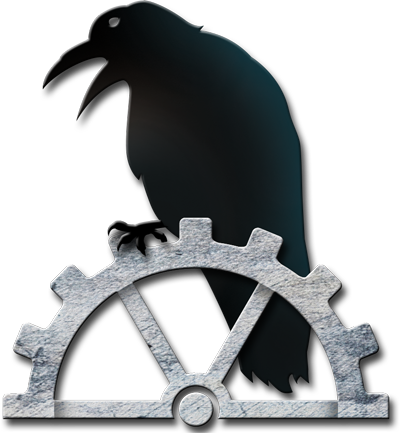 BY J. AUREL GUAY
BY J. AUREL GUAY
It was fiction that first inspired me to become a scientist. I most blame Jules Verne’s Mysterious Island. In the story the character Cyrus Smith uses his scientific knowledge not only to help the group of castaways survive, but to forge amazing technology, including a telegraph system, from the basest of components.
His ability to use his knowledge to create things from nothing awed me, and placed a desire in my heart to be able to likewise change my world. Ironically, now that I am a scientist, I find that I am driven back to the arms of fiction—this time as a reprieve from the narrowness and tedium of ‘modern’ science.
In the days of Jules Vern, the depths of knowledge had only just been scratched, and it was possible and necessary for scholars to have a breadth of knowledge about all fields of science. I was disappointed in my academic career to learn that, today, each field has been mined so deeply that in order to thoroughly understand any one topic you must adopt a very narrow focus of study to the exclusion of all others.

I could talk for hours about the interactions and signaling circuits of the mesangial cells within the glomeruli of your kidneys (as exciting as I’m sure that sounds). However, I know relatively little about how the neighboring hepatocyte cells of you liver work, and far less about the neurons in your brain.
As you might predict, with this narrowness comes a repetition and sense of constriction that doesn’t set well with that spirit of adventure that first spurred me on to science.
But, this how science drives me back to fiction. In fiction I can be, not only free to read and explore uncharted lands, but to forge and breathe life into new worlds of my own. Within the realm of words and imagination, I find the explorer within me refreshed and invigorated—inevitably though, I turn back to reality only to find my eyes freshened to the uncanny in our own world.
Everywhere we look in nature we see the unexpected and amazing. Did you know that a zebrafish can regenerate large portions of its still beating heart? Or that many plants posses more genetic material than humans? The puffer fish has, unlike most species, shed all but the barest essentials of its genetic material. Various animals can see in ultraviolet, heat, electromagentic fields, or sound.

Monarch butterflies migrate across continents to the very same locations every year, despite multi-generational voyages, somehow retaining the memory of the path their grandparents undertook the previous year. Tazmanian devils suffer a cancer that is contagious, passed through breaks in the skin during fights. Tiger salamander larvae, when overpopulated, will spontaneously morph into larger cannabilistic morphs that can eat their bretheren . . . We truly live in an awe inspiring world.
Sometimes it seems that if you can imagine it, you can find it somewhere in nature already. In this way, imagination and awe for nature feeds my passion for science, and the cycle renews.
So, next time you are short on inspiration for your writing, look up ScienceNow and scroll the latest discoveries, or open a National Geographic and take a look at how amazing our world really is.
 Hailing from New England where he lives with his bride and their two children, J. Aurel Guay writes both fantasy and science fiction with emphasis on strong plots and meaningful themes. His short story, “The Death of Dr. Marcus Wells,” anchors Shades and Shadows: a Paranormal Anthology, slated for release October 31, 2013.
Hailing from New England where he lives with his bride and their two children, J. Aurel Guay writes both fantasy and science fiction with emphasis on strong plots and meaningful themes. His short story, “The Death of Dr. Marcus Wells,” anchors Shades and Shadows: a Paranormal Anthology, slated for release October 31, 2013.
Follow Guay on his blog, Facebook, Goodreads, Amazon, and Twitter.

